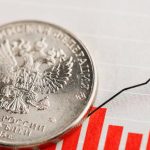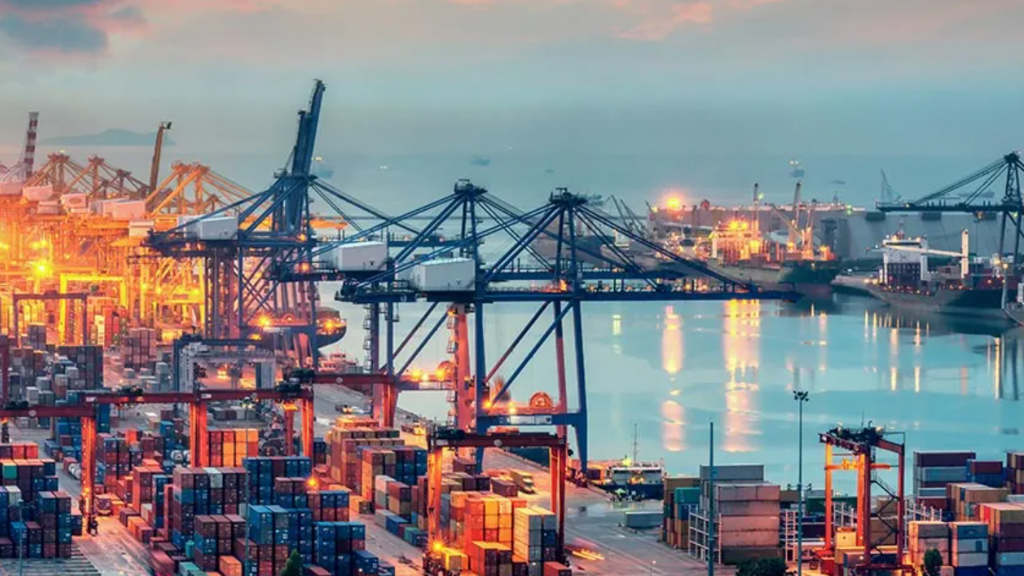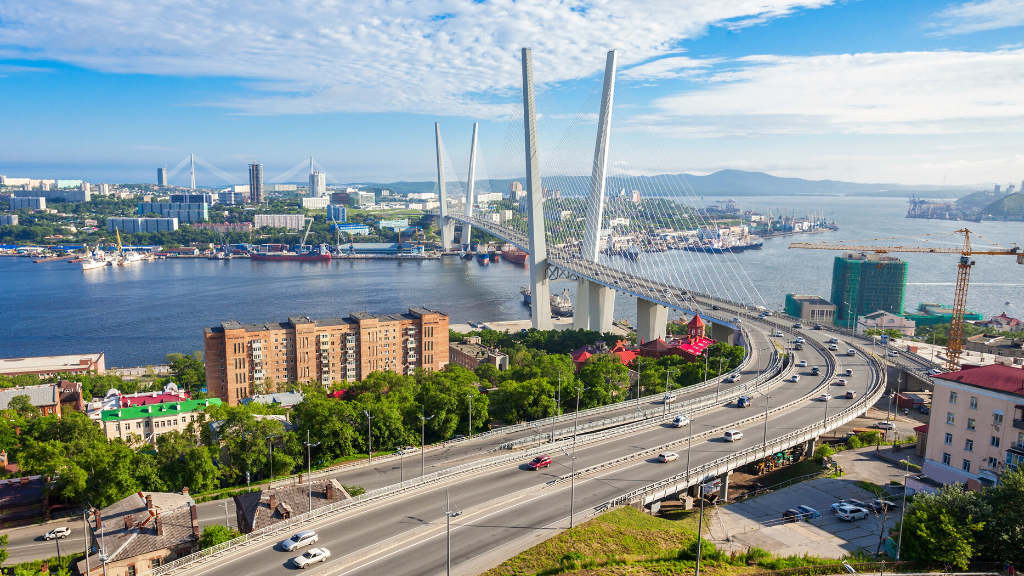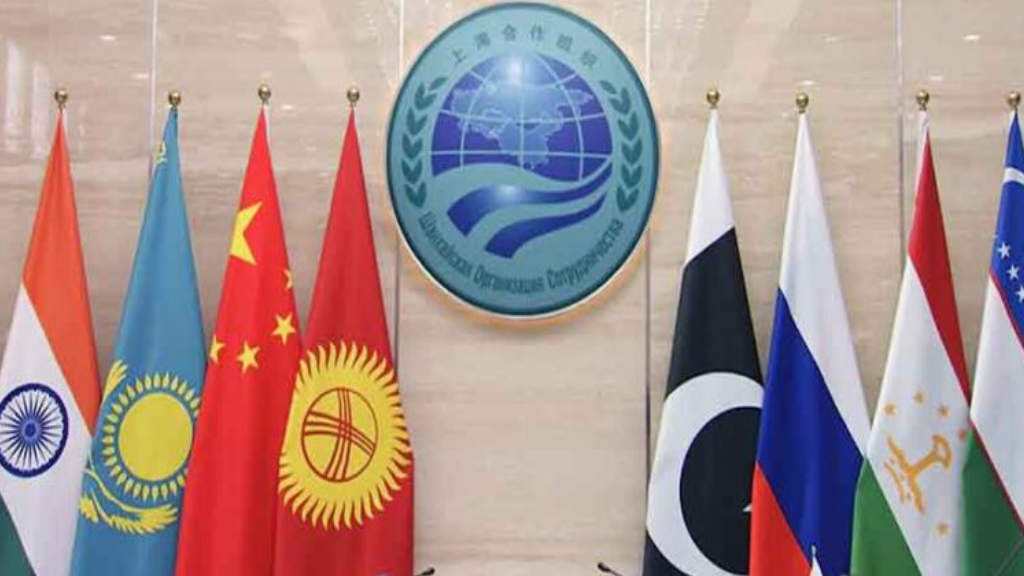The out-going US President, Joe Biden, gave a speech to the United Nations General Assembly yesterday (September 24) in which he stated that “The good news is Putin’s war has failed at his core aim” and then went on to list achievements, mainly as regards the expansion of NATO and the fact that Ukraine remains a sovereign country. But is this an accurate observation?
The answer, is no, not really. It also depends upon what Biden thought Putin’s ‘core aim’ has been. For example, there has not been any suggestion that Moscow wished for Ukraine to ‘disappear’ and be fully integrated as part of Russia. Neither is there any historical precedence for this to occur.
Putin’s ‘core aims’ have in fact been well documented: the replacement of the existing Kiev government and to seek assurances that Ukraine will not join NATO and will instead promote a concept of neutrality. As Ukraine has not joined NATO it can be assumed, at least for now, that one of Putin’s core aims has in fact been met. Russia’s ‘Special Operation’ meanwhile will continue at least according to the Kremlin, until the other two elements – neutrality and a change of government – occur.
But there is more to judging success or otherwise than what Biden thinks Putin’s ‘core aims’ have been. Here we provide some other measures of what could be termed ‘success’ or ‘failure’. Green arrows indicate a positive trend from Russia’s perspective, red ones a negative.
Territorial Gains 
Part of the Ukraine conflict has been to protect the ethnic Russian-speaking population in East Ukraine, who declared a de facto breakaway from Kiev in 2014, and have been under military assault by Kiev ever since. Moscow did not recognise these regions as part of Russia until 2022, when it formally accepted their request to join the Russian Federation. As of September 2024, this has meant that Russia has gained about 109,000 km2 or 18% of what was previously Ukrainian territory.
National GDP 
In 2021, Russia’s GDP was US$1.837 trillion. Despite the sanctions and conflict, it has subsequently risen to US$2 trillion.
GDP Growth 
GDP growth dipped to -2.1% in 2022, but rebounded in 2023 to reach 3.6% and is currently on track to reach 3.9% in 2024, according to the latest statements from Anton Siluanov Russia’s Finance Minister.
Debt to GDP 
Russia’s debt to GDP was 20.94% in 2021. In 2024, it is expected to be further reduced to 18.1%. This compares with the recently announced 100% levels for the UK, 88.7% for the EU and 102% for the United States.
Per Capita GDP Growth 
Russia’s average per capita income was US$12,532.05 in 2021. In 2024, it has risen to US$14,391. In comparative PPP terms, these expected 2024 figures are higher than several EU nations at US$38,292.
Inflation 
This has been a tricky one for Russia to grapple with, as inflation was running at 6.69% in 2021 and ballooned to 13.75% in 2022. The current 2024 rate is 9.1% however it is forecast to drop to 4% by the year end.
Exports 
Russia’s total export values in 2021 reached US$549.14 billion. Despite sanctions, these increased to US$631.55 billion in 2022 but have since reduced to an expected US$425 billion for 2024.
Foreign Exchange Reserves 
At the end of 2021, these stood at US$630 billion. They are currently standing at US$614 billion, a slight decrease.
Foreign Investment 
Russia’s official foreign investment for 2021 was US$40.45 billion. It subsequently declined as numerous Western investors exited the market, but has rebounded to about US$72 billion in 2024, mainly as result of Chinese investors and some JV infrastructure projects. Some of these upcoming investments are significant and will manifest in 2025-2030.
Summary
As can be seen, as per all normal economic indicators, the Russian economy is doing well. This is only partially related to what is happening in Ukraine, despite Western media suggesting it is because Russia is now a ‘war economy’, whatever that is supposed to mean. In fact, the Russian economy has been greatly affected by Western sanctions, however it is the fiscal reaction to these that have changed the entire direction of Russia’s economic performance.
Key amongst these have been prudent fiscal policies – note Russia’s very low levels of debt, which equates to minimal interest payments. Coupled with this has been numerous changes to the tax system, which now actively encourages both Russian overseas and foreign capital into the country.
In addition, prior planning has seen Russian exporters quickly adapt to new markets – its ‘pivot to Asia’. The Russian President, Vladimir Putin, did not want a conflict with Ukraine. Biden’s policies and Ukraine’s own challenges in stating it wished to become part of NATO crossed a red line. Ironically, that has resulted in significant changes to the way in which Russia runs its economy, and these have largely been fruitful. This means that if equating Russia’s success – or ‘failure’ as Biden somehow manages to spin it, in terms of the Ukraine conflict is measured in purely fiscal terms, then the US President is largely incorrect in the assumptions he gave to the United Nations.
In terms of ‘failure’ – it may have been more accurate for Biden to have pointed at the EU’s inability to cope with its own policies as regards Russian sanctions. That, at least, would have been more honest.
Further Reading








